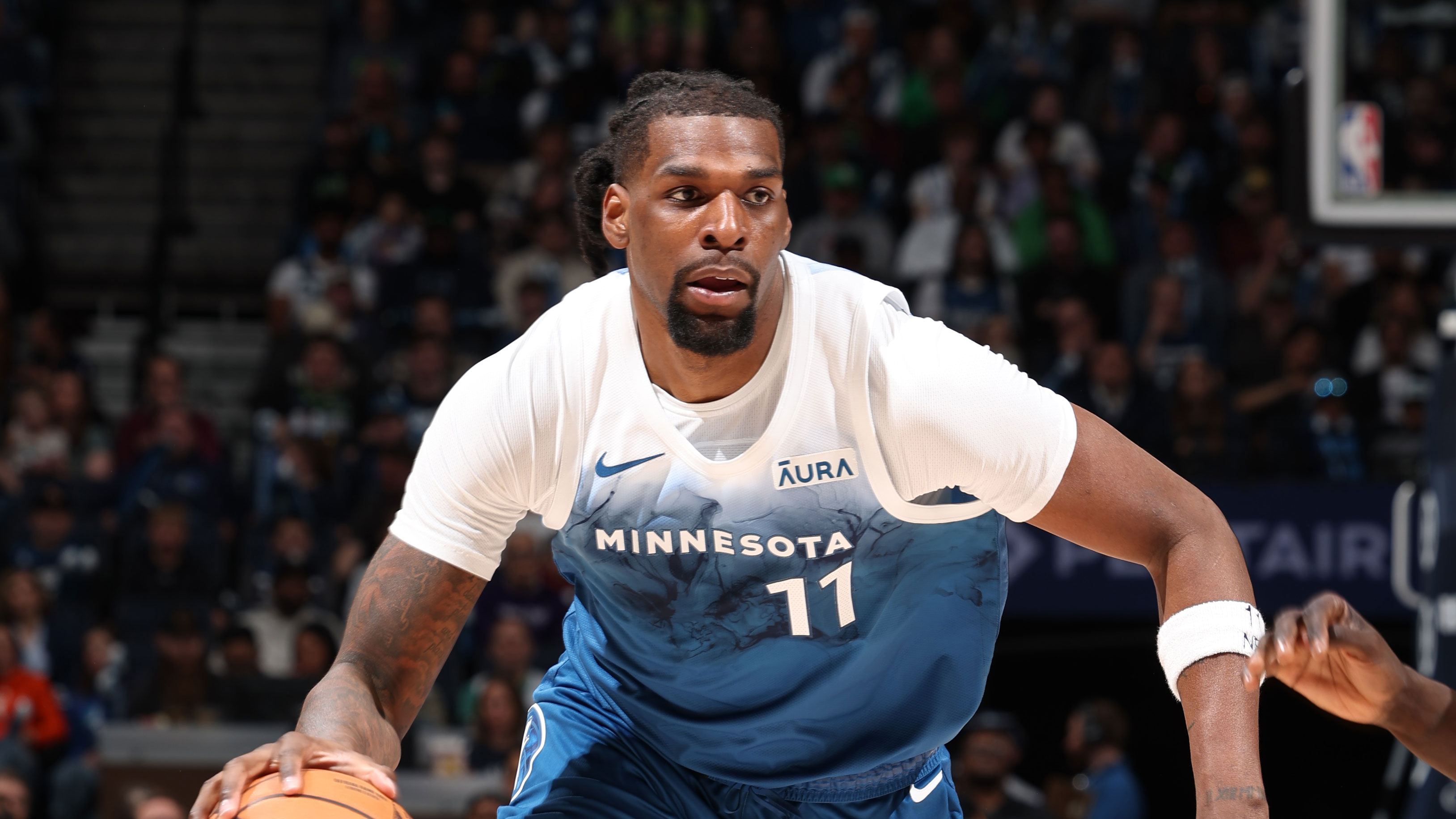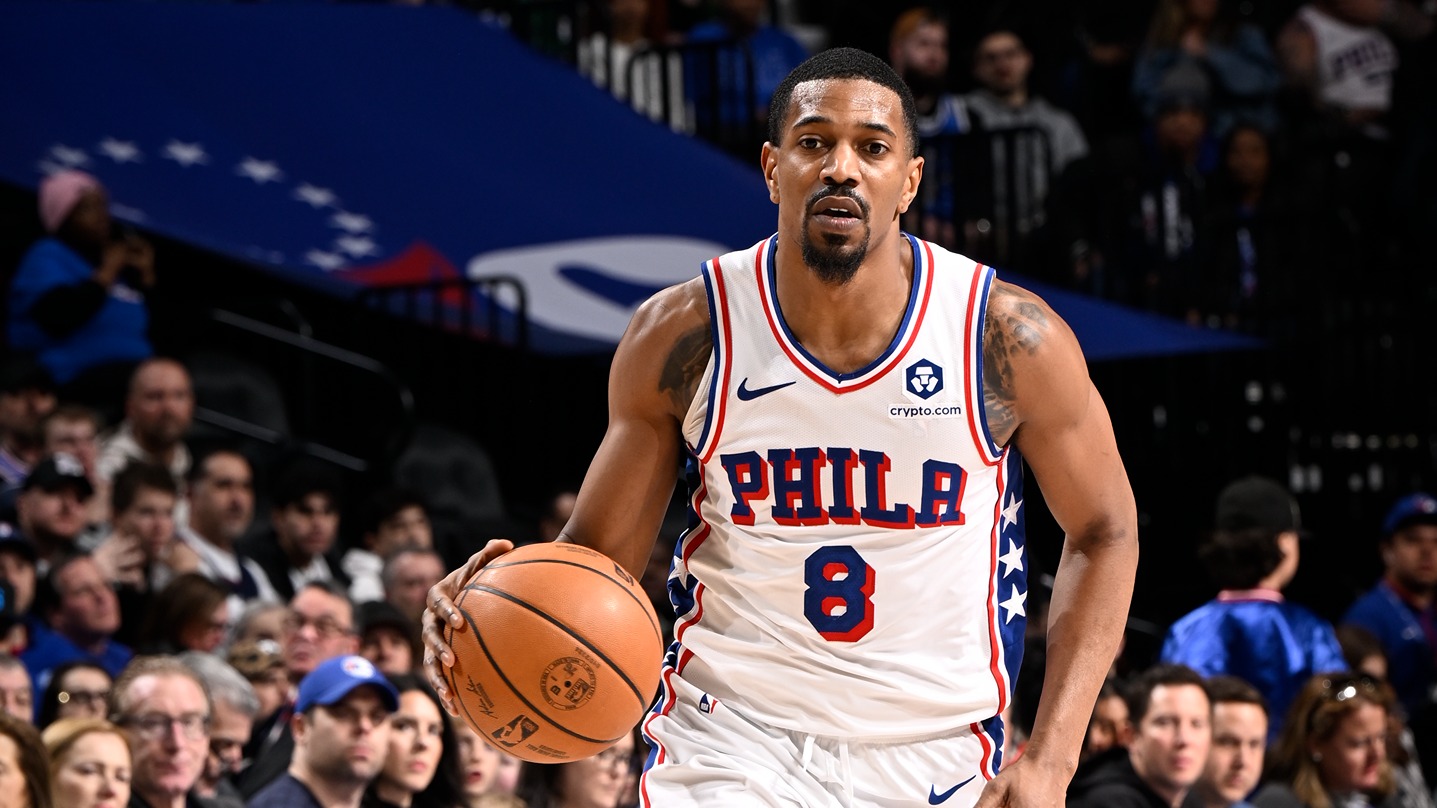In the virtual press conference introducing him as the Sixers’ new head coach on Monday, Doc Rivers set a couple of concrete offensive goals: increasing the Sixers’ pace and turning the team into a top-10 offense.
Neither of those objectives sound outlandish. The Sixers were 14th in offensive rating last year, scoring 110.7 points per 100 possessions after finishing eighth in the 2018-19 season with a 111.6 offensive rating.
A primary issue for the team was its plummeting free throw rate (FTr), which we’ll focus on here.
Stay in the game with the latest updates on your beloved Philadelphia sports teams! Sign up here for our All Access Daily newsletter.
For those unfamiliar with the statistic, it’s a simple one: The ratio of a team’s free throw attempts to its field goal attempts. With Jimmy Butler and JJ Redick gone and Al Horford and Josh Richardson on board, the Sixers went from second in FTr (0.312) to 22nd (0.255).
Adjusted free throw rate gives us a clean picture of how good a player is at drawing free throws, with an adjusted free throw rate (FTr+) of 100 the league average. As you can see below, the Sixers’ drop-off was predictable.
FTr+ in 2018-19
- Jimmy Butler: 157
- JJ Redick: 96
- Josh Richardson: 87
- Al Horford: 51
Where does Rivers factor into this? His Clippers teams were within the NBA’s top four in FTr each of the last five seasons. Barring a major trade or two, it’s difficult to imagine the 2021 Sixers being near the top of the league in FTr, since it’s a stat that tends to be heavily influenced by the ability of individual players like Joel Embiid and Butler. Rivers’ connection with Tobias Harris is a spot where there might be a realistic shot at improvement, though.
NBA
Harris’ efficiency has fallen after being traded from Los Angeles to Philadelphia, and so has his FTr.
Harris’ FTr
- 2018-19 w/Clippers: 0.256
- 2018-19 w/Sixers: 0.221
- 2019-20: 0.184
He understands it’s a weakness he must address and thinks he has to become better at selling contact and using his size and strength.
“That’s a huge point for me,” Harris said on Aug. 12. “A point of emphasis to be able to be more efficient and more effective is getting to the free throw line. So I’m not going to give away all my tactics, but I’m, on a day-to-day basis, watching film, evaluating and watching other games and seeing what’s being called and ways to go the free throw line. I am a guy who heavily focuses on making shots.
“Sometimes, that’s to a fault. I do have to do a better job of selling the contact and whatnot, being a bigger guy and a stronger guy. So it’s just a continued progression, but it’s definitely something that is an emphasis for me.”
Part of this is personal development for Harris, as he acknowledged. His team will benefit if, at 28 years old, he can shift a bit of that natural focus on shotmaking to foul drawing.
Rivers also placed him in some favorable positions on the 2018-19 Clippers, a team without a conventional star that Harris led in scoring average.
“I loved him,” Rivers said Monday. “I loved coaching him. I like that he’s a multi-positional player. He’s a big 3, he’s a quick 4. That’s how we used him a lot in L.A. We kept moving him back and forth to different spots. I love his shot. He has a great in-between game, which is sometimes lost in today’s game, and I think he’s a terrific straight line driver. And you have to just put him in positions for him to do that.
“With us, we put him in more pick-and-rolls than I think he’d been in for his entire life, and we had some success with that. Pick-and-rolls to me are about combinations. If you put the two combinations together, you create problems defensively for the other team, and Tobias can do that. I’m really looking forward to working with him again.”
Harris was better at drawing free throws and more efficient overall as a driver with the 2018-19 Clippers.
Harris on drives
- 2018-19 w/LAC: 9.1 drives per game — 6.1 PPG — 1.2 FTA
- 2019-20: 8.4 drives per game — 5.3 PPG — 0.7 FTA
And, like Rivers said, he did well in the pick-and-roll.
Harris as pick-and-roll ball handler
- 2018-19 w/LAC: 5.0 per game — 0.99 points per possession — 9.3% FT frequency
- 2019-20: 3.3 per game — 0.85 points per possession — 7.2% FT frequency
Unsurprisingly, the trend is the same with Harris’ isolation numbers. With the Sixers, who have the league’s most effective post-up player in Embiid, there are fewer situations in which Harris obviously has the best matchup. Screening and rolling also hasn’t been a strong area for Embiid, and the Harris-Embiid partnership hasn’t flourished.
Rivers is tasked with finding and building the right pick-and-roll combinations for the Sixers, as well as identifying where there might be the same sort of star-like opportunities Harris capitalized on with the Clippers. If he can check off those boxes and help Harris get to the foul line more in the process, the top-10 offense goal looks easier to attain.


